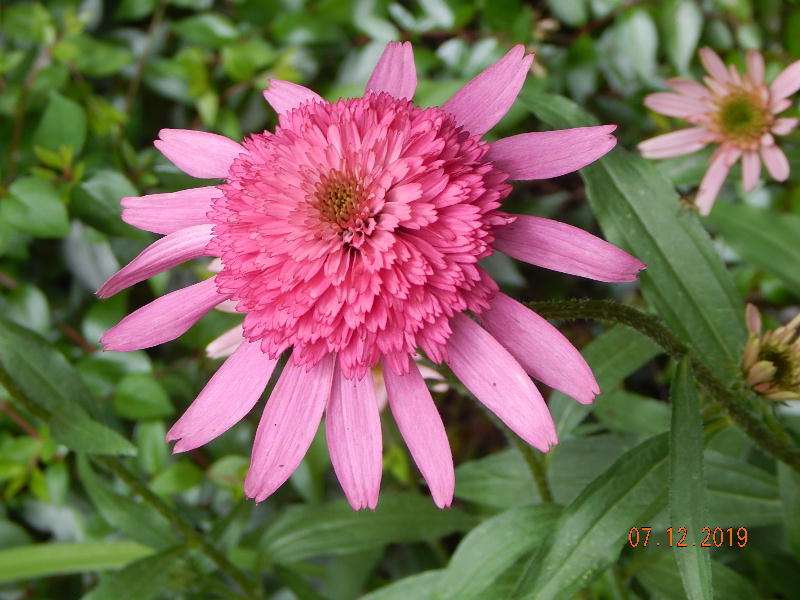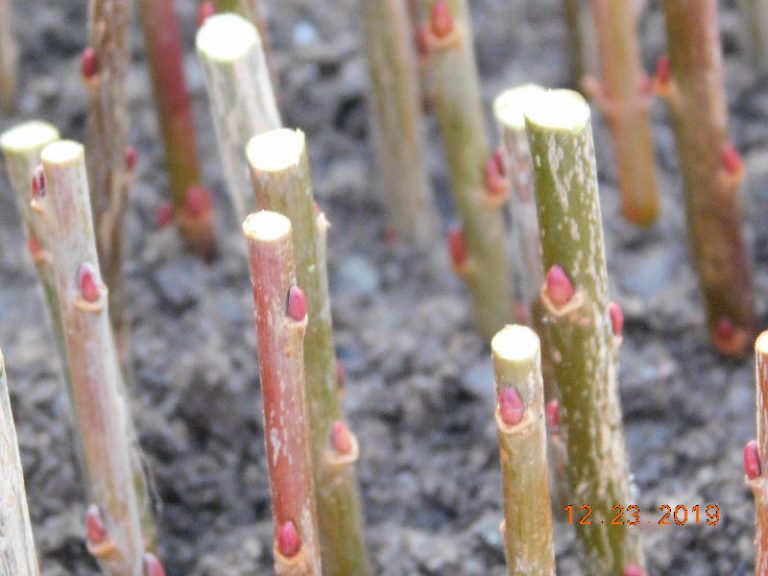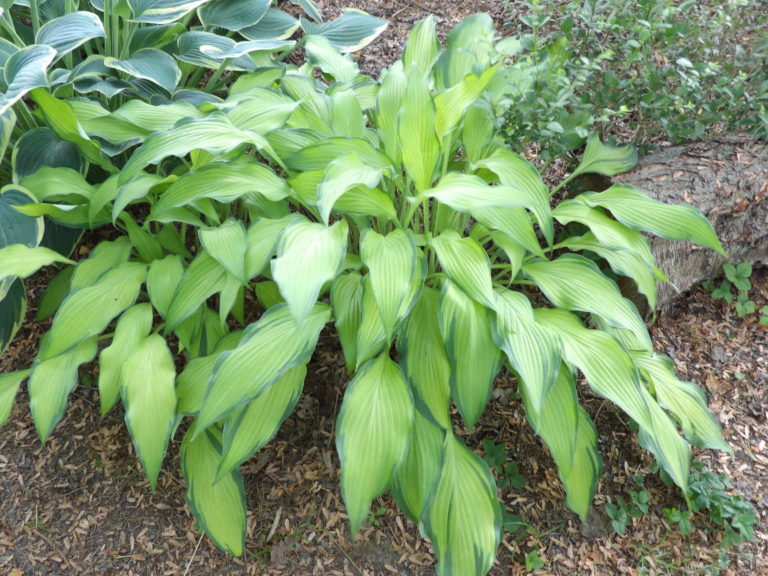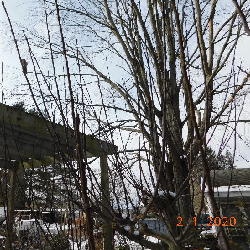Patented Plants
Patented Plants
Patented plants? Can plants actually be patented? I’ve never heard of such a thing. How can they patent a plant?
These are just a few of the most common responses from customers when told that a particular plant is patented. How can something from nature have a patent?
What’s a patent?
A patent is a government issued right to protect an inventor for something they have invented. It gives them legal protection against someone reproducing it without their permission.
There is a lengthly and very detailed process to get a patent. They must be applied for with lots of legal paperwork and documentation. They just don’t hand out patents because you want one.
We are very familiar with many things that have been patented over the years. Most of the modern things we enjoy today started out as patented devices. Patents can cover new inventions, creations, and even ideas.
A patent gives the owner protection from others reproducing the item. This gives them the abiity to make money off their item when others can’t. This helps reimburse some money from all their expenses in getting it patented. If they want to let others make the item, a royalty is paid to the owner.
How long do they last?
Patents are generally good for 20 years from the date they were filed. There can be exceptions of course, but they are for short periods of time. The owner of the patent has those 20 years to make all the money from the item.
After the patent expires, all bets are off and anyone can make the item. The original telephone was patented. Obviously it was expired many years ago. That is why we have so many different kinds of phones, even cellular ones.
What about patented plants?
Plants fall into the creations corner. While yes there may be plants like the patented variety, they have been bred specially to qualify for a patent. They have to be unique in at least some fashion.
Some patented plants have variegated leaves while all the other varieties are all green. Someone may have cross bred a couple varieties and up pops a variegated one. That is putting it very simple.
It actually takes several years and lots of resources and money to create that special plant. Plant patents are issued for annuals, perennials, shrubs, and even trees.
Gardeners in white lab coats
This is how I like to describe these people to my customers. I know that isn’t really true, but the image is easier to explain sometimes. We’ve all seen the movies with the mad scientist mixing all the colored ingredients from one flask to another in a lab.
Just picture a very serious and dedicated gardener that really loves caring for their precious plants. They may have a passion for a certain type of plant. They try breeding different varieties of that plant.
Hostas
Hostas are a good example. There are literally hundreds and hundreds of named hosta varieties on the market. These have all been cross-bred and cross-bred again. There aren’t that many real species hostas.
Hosta breeders will actually grow hundreds, if not thousands of seedlings just hoping to get a few extra special ones. If they are lucky enough to get a really different one, they may apply for a patent.
Most of these special creations (seedlings) won’t get patented because of the expense involved. They apply for a registered name and we get to see them in the garden centers, maybe.
Patented plants in pretty pots
Patented plants are becoming more and more prevelent in the garden centers and nurseries. When you go to your favorite plant store, take a look at all the pretty colored pots with fancy names. These are most likely the patented plants.
Large national nurseries have breeders that work on the next “Big Thing”. Hydrangeas and Coneflowers are just 2 of the popular targets.
Take a peek at the extra fancy picture tag hanging on the plant or pot. If you look long enough, you’ll find a weird number that starts with PP. That stands for Plant Patent. The number after the PP is the registered patent number.
If you want to find out about a particular patent, you can head over to the United States Patent and Trademark Office’s website and do a search. It’s not easy, but you can find what you’re looking for if you do some digging.
What this means to me
Since I have a propagation nursery, that means I make plants, I have to be careful of what plants are allowed to be propagated. While I may have a couple of patented varieties of plants available here for sale, I can’t propagate them.
I buy them from large nurseries that have licenses to propagate them by the patent holder. I pay a royalty fee on each plant I buy from them. This can make the plants more expensive to buy and can also make their retail price a bit higher as well.
There are actually many, many plants that aren’t patented. They may not be as pretty as the patented ones, but in my experience, they oftentimes actually grow better.
Oldies but goodies
One of the key things that me, and many other backyard nursery growers around the country are doing is keeping some of the old varieties around. You know those pretty plants that you may remember from your parents house. Maybe even something your grandmother had in her yard.
Many of these types of plants have been replaced by something prettier or fancier. They may be impossible to find at your local plant store.
This is where we come in. Members in the Backyard Growers group try to keep some of these older plant varieties available. They are free to propagate and we work hard to keep them from becoming forgotten, or even extinct.






